What is the Difference Between Motocross Bike and Trail Bike
You’re at your local motocross track, adrenaline pumping as you nail that triple jump you’ve been perfecting for weeks. Meanwhile, your friend a few states away is navigating the twists and turns of backcountry trails, each bend revealing new adventures.
These dirt bike escapades are what brought you together, and you’ve promised to ride side by side someday, be it on the track or trail. But here’s the million-dollar question: When you pack up for that epic reunion, can you take your motocross bike onto those rugged trails? Or could your friend’s trail bike handle the intensity of a motocross track?
So, figure out what is the difference between a motocross bike and a trail bike. In this in-depth guide, we’ll unravel the key differences between motocross bikes and trail bikes, helping you decide which one is best suited for your next off-road adventure.
Design and Purpose
Motocross Bikes
Motocross bikes are specifically designed for racing on closed courses with a variety of obstacles such as jumps, whoops, and tight turns. These bikes are built to withstand the rigors of high-speed racing and rough handling.
The design emphasizes lightweight construction, high suspension travel, aggressive tires, powerful engines, and minimalist features. The frame is minimalistic to keep the weight down, enhancing maneuverability and speed.
The suspension, with longer travel, can handle big jumps and rough terrain, featuring sophisticated, adjustable settings. The knobby tires provide excellent traction on loose surfaces like mud, sand, and dirt. Equipped with high-performance engines, often two-stroke, they deliver quick acceleration and high top speeds.
To keep the weight low, they typically lack features like headlights, taillights, and kickstands.
Trail Bikes
Trail bikes, also known as enduro bikes, are designed for long-distance off-road riding across varied terrains. They offer a balance between performance and comfort, suitable for extended use. Built to handle a range of conditions, trail bikes have robust frames and components that can withstand the stresses of prolonged off-road use.
The suspension, while still capable, is generally shorter than that of motocross bikes, making them more stable at lower speeds and over long distances. Trail bike tires are designed to perform well on a variety of surfaces, from hard-packed trails to rocky paths, offering a balance between grip and durability.
These bikes feature engines tuned for a broad powerband, offering smooth and controllable power delivery. Unlike motocross bikes, trail bikes often come with headlights, taillights, and kickstands, making them more versatile for different types of riding.

Performance Characteristics
Speed and Agility
Motocross bikes are engineered for speed and agility. Their lightweight design and powerful engines make them incredibly fast and responsive. This allows riders to navigate technical tracks with precision and control.
The aggressive suspension setup also means they can absorb the impact of large jumps and rough terrain, keeping the rider in control.
In contrast, trail bikes are built for endurance and versatility. They may not be as fast as motocross bikes, but they excel in providing a comfortable ride over long distances.
The suspension is tuned for a smoother ride on varied terrains, and the engine power is more evenly distributed, making it easier to handle over extended periods.
Handling and Control
Handling is another area where these bikes differ significantly. Motocross bikes require a high level of skill to manage their powerful engines and responsive handling. They are ideal for experienced riders who can make the most of their agility and speed. Trail bikes, on the other hand, are designed to be more forgiving and easier to handle. They provide a more stable and comfortable ride, which is beneficial for less experienced riders or those who prefer a more relaxed riding style. The versatile tires and balanced suspension also make trail bikes more adaptable to different riding conditions.

Maintenance and Durability
Motocross Bikes
Given their high-performance nature, motocross bikes require frequent maintenance to keep them in top condition. The high-stress environments they are used in mean components can wear out quickly. Regular checks and maintenance are essential, including engine tuning and rebuilds, suspension servicing, and tire replacement.
Trail Bikes
Trail bikes are generally more durable and require less frequent maintenance. Their design focuses on reliability and longevity, making them better suited for extended use. Typical maintenance tasks include regular oil changes, suspension checks, and tire inspection.
Comfort and Ergonomics
Motocross Bikes
Comfort is not a primary concern for motocross bikes. The design prioritizes performance, which means the seating position is aggressive, and the ride can be quite harsh. Riders need to be physically fit to handle the demands of motocross racing.
Trail Bikes
Trail bikes offer a more comfortable riding experience. The seating position is more relaxed, and the suspension is tuned for a smoother ride. This makes trail bikes suitable for long rides and more casual riding scenarios. Features like cushioned seats and ergonomic handlebars enhance comfort and reduce rider fatigue.

Cost and Accessibility
Motocross Bikes
Motocross bikes tend to be more expensive due to their high-performance components and sophisticated engineering. Additionally, the cost of maintenance and parts can add up over time, making them a significant investment.
Trail Bikes
Trail bikes are generally more affordable and offer better value for money. Their durability and lower maintenance requirements make them a cost-effective option for many riders.
Choosing the Right Bike
Deciding between a motocross bike and a trail bike depends on your riding goals and experience. If you are looking for high-speed thrills and have the skills to handle a powerful bike, a motocross bike might be the right choice. However, if you prefer versatility, comfort, and the ability to tackle a variety of terrains, a trail bike is likely the better option.

Hey, Don’t Forget Your Head Safeguard
Enhance safety with smart lighting featuring various modes and brake warning lights for heightened visibility and awareness. Stay connected effortlessly with integrated Bluetooth speakers, allowing Bluetooth intercom within 1.2 KM for 5 riders.
Enjoy extended rides with the MC1 Pro's long-lasting battery life, lasting up to 8-10 hours on a single charge. Capture every ride with clarity using the integrated 1080P HD camera, offering a wide 120° field of view for recording your journey. Actualize patented Fall Detection & SOS Alert function in outdoor sports.
Get your samrt motorcycle helmet, enjoy every ride!
Conclusion
Each type of bike has its unique strengths and is suited to different riding styles and environments. By considering factors such as design, performance, maintenance, and comfort, you can choose the bike that best meets your needs and enhances your off-road riding experience.
FAQs
Which bike is better for beginners, a motocross bike or a trail bike?
Trail bikes are generally better for beginners due to their more forgiving handling and comfortable ride.
Do motocross bikes require more maintenance than trail bikes?
Yes, motocross bikes typically require more frequent maintenance due to their high-performance components and the demanding environments they are used in.
Can you use a trail bike for motocross racing?
While it is possible, trail bikes are not optimized for motocross racing and may not perform as well as dedicated motocross bikes.








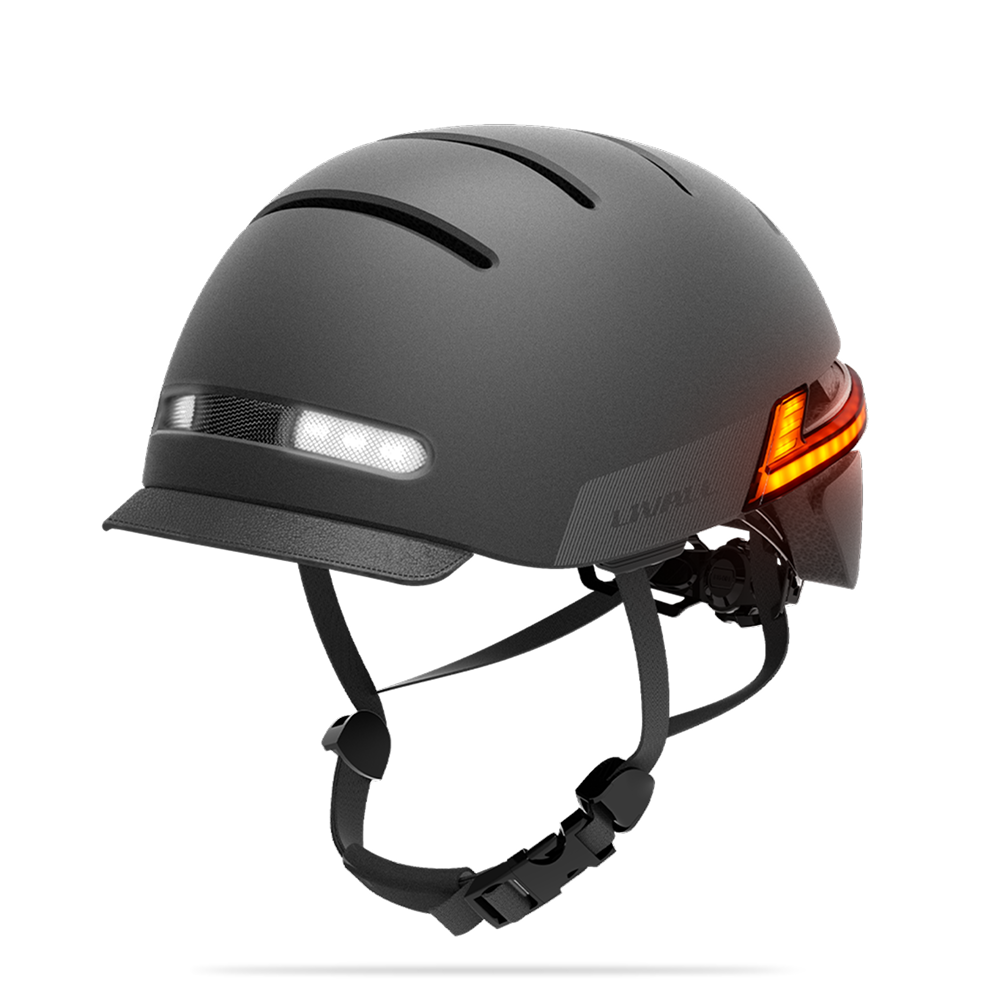
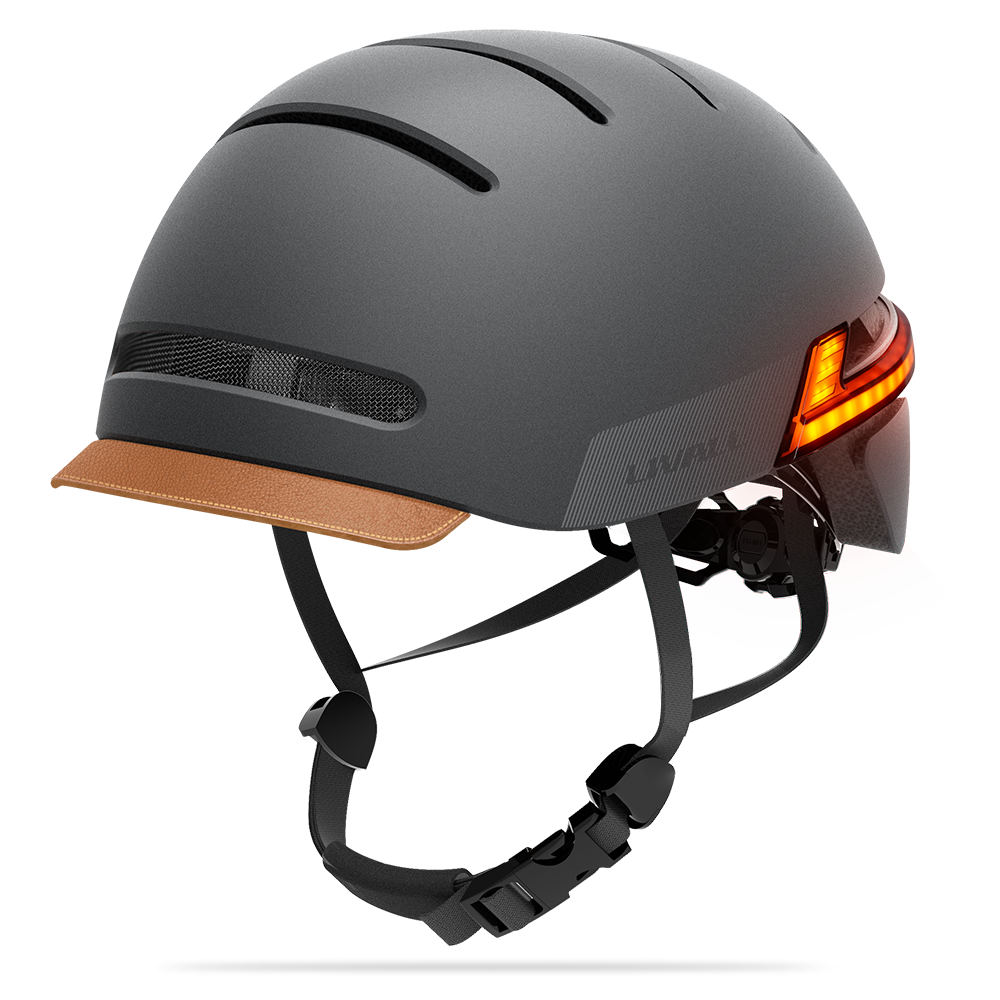




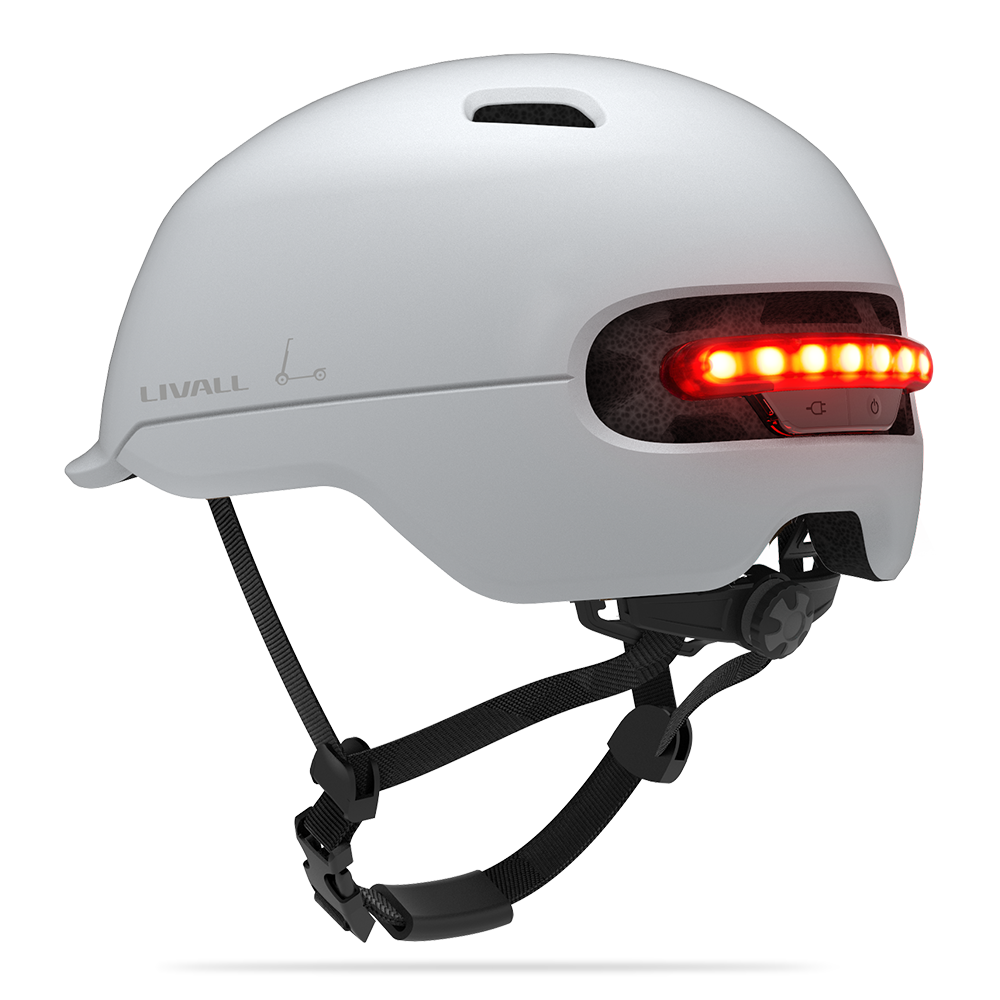
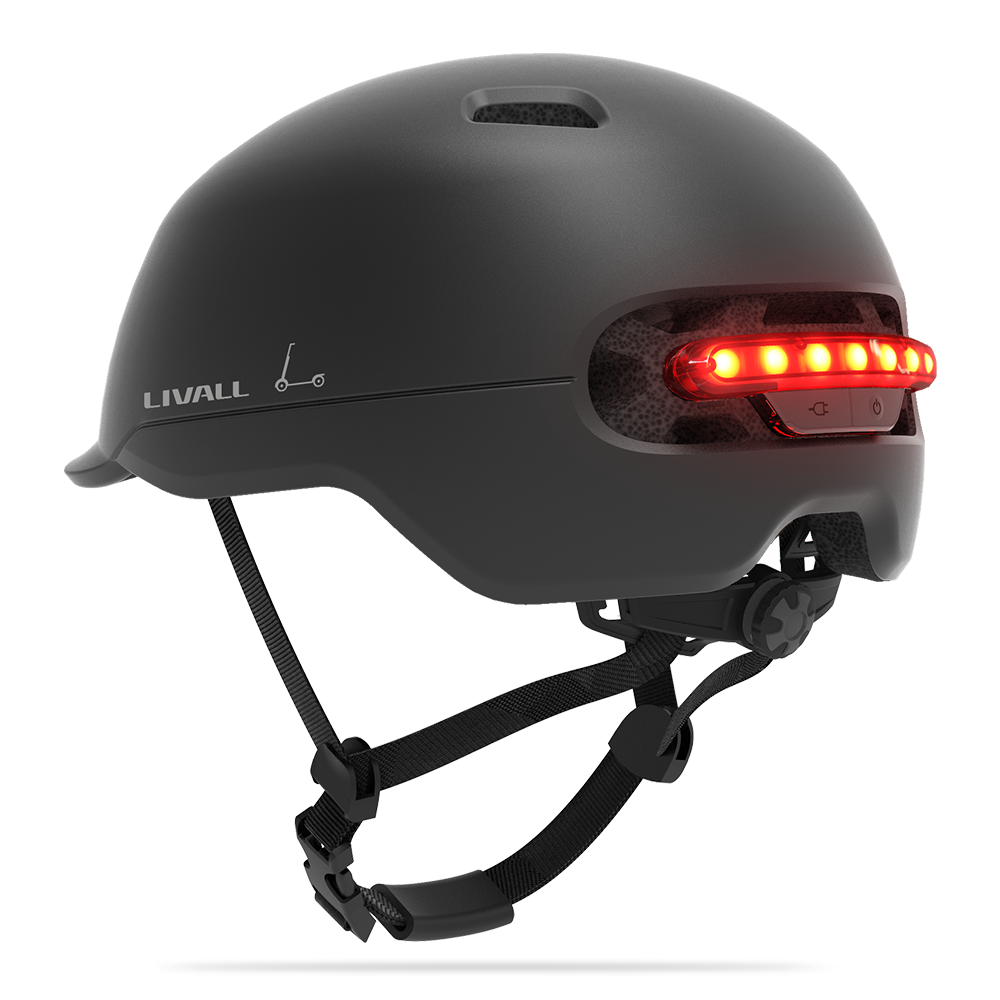
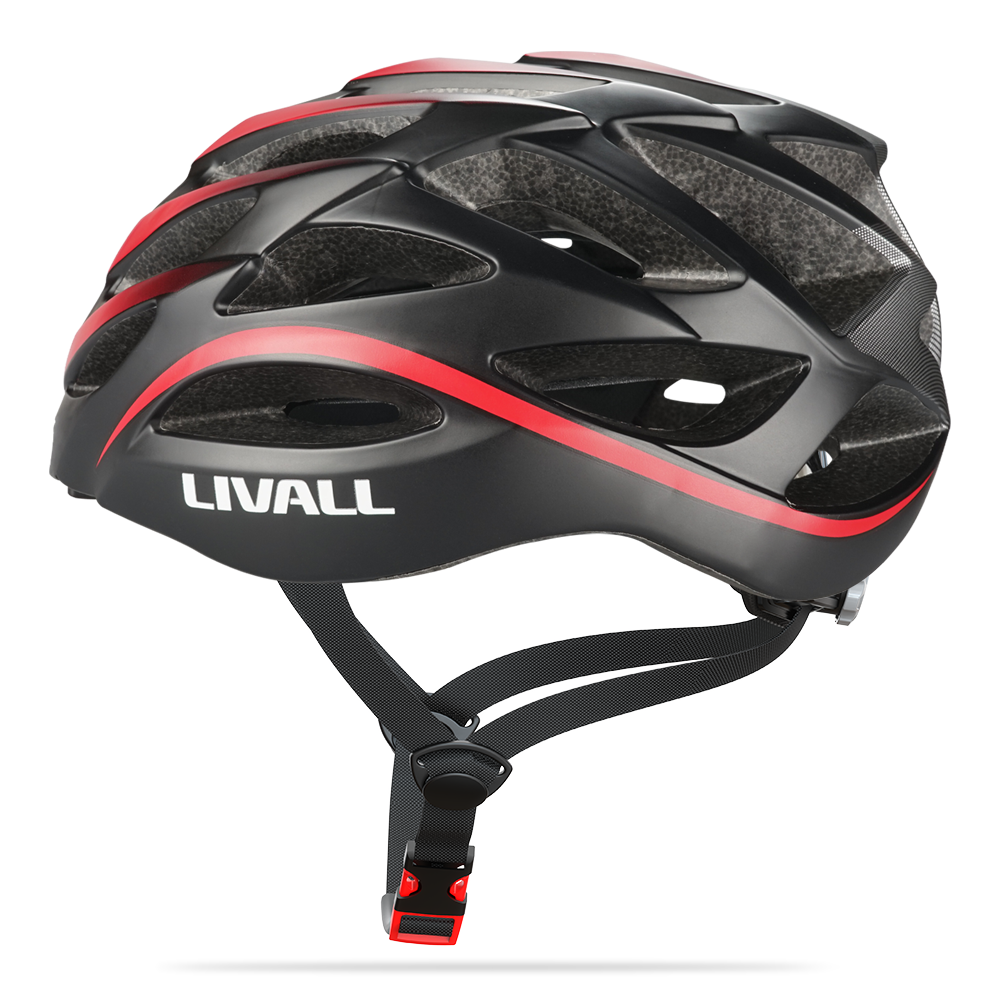
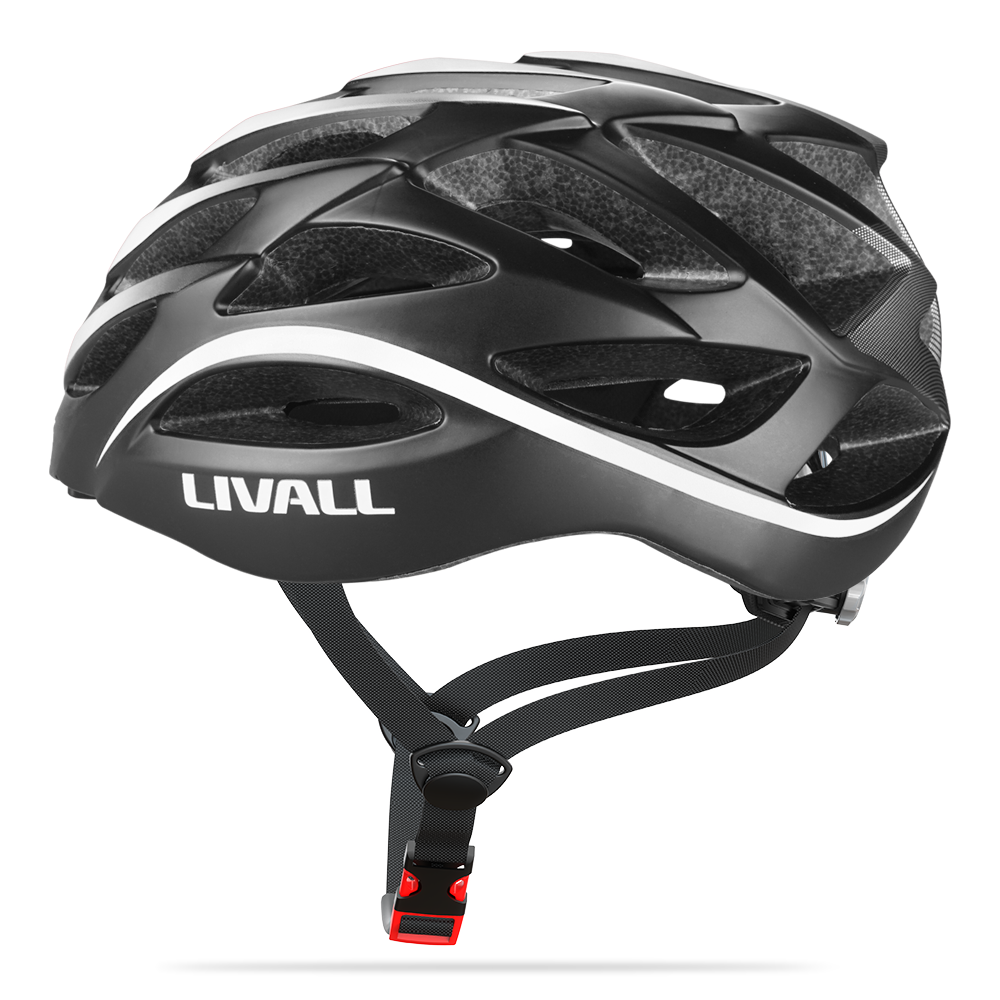


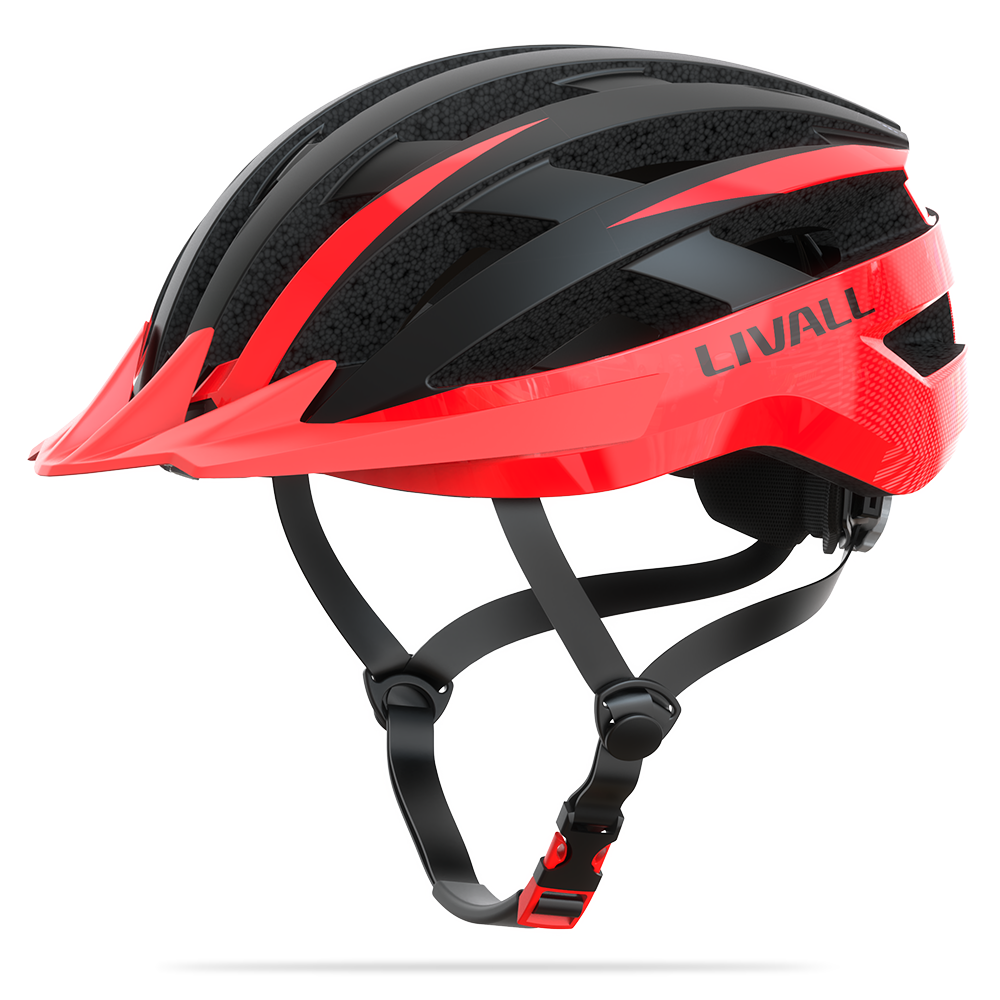
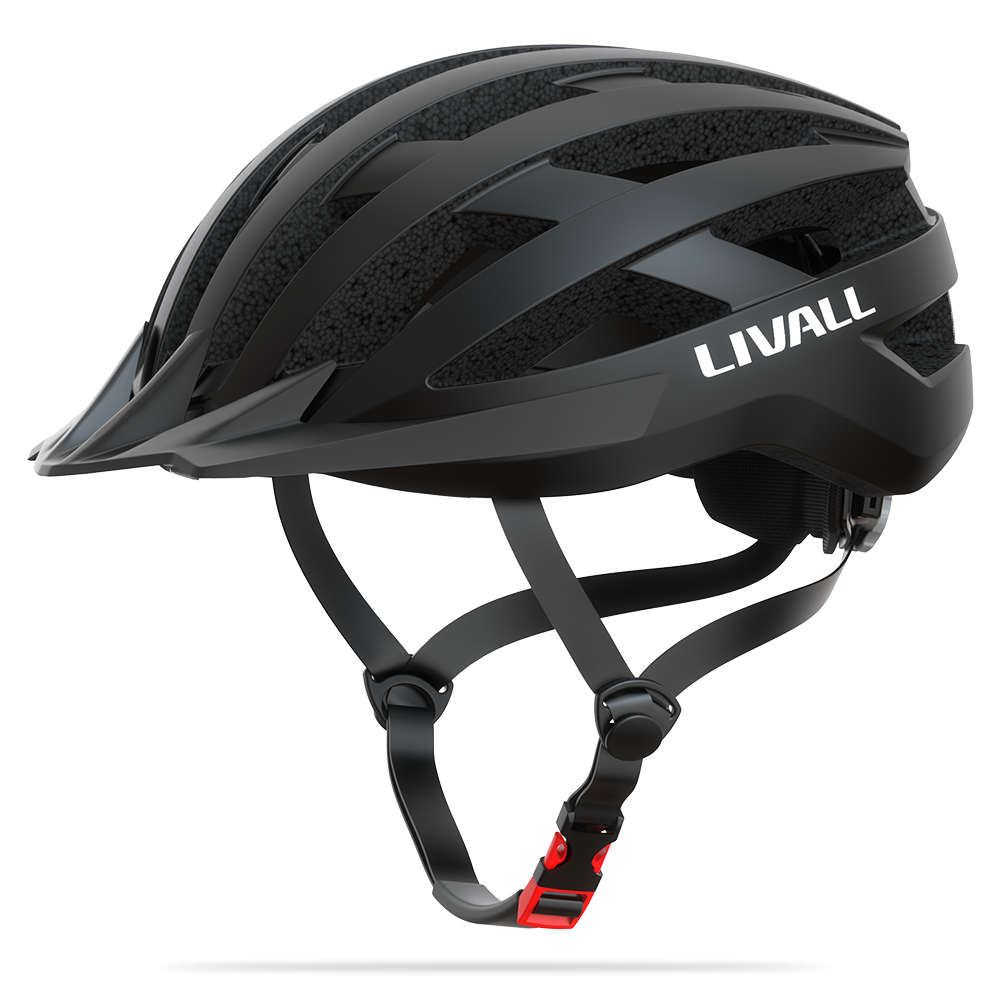
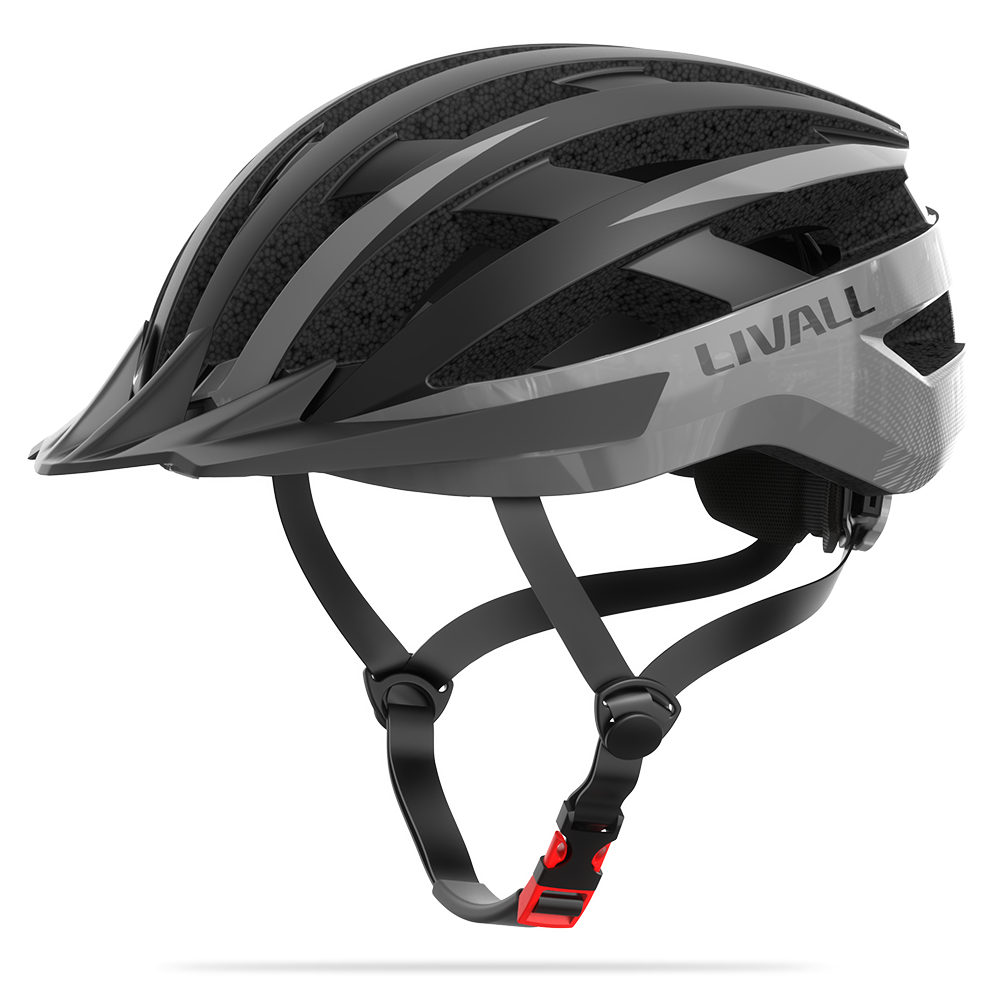
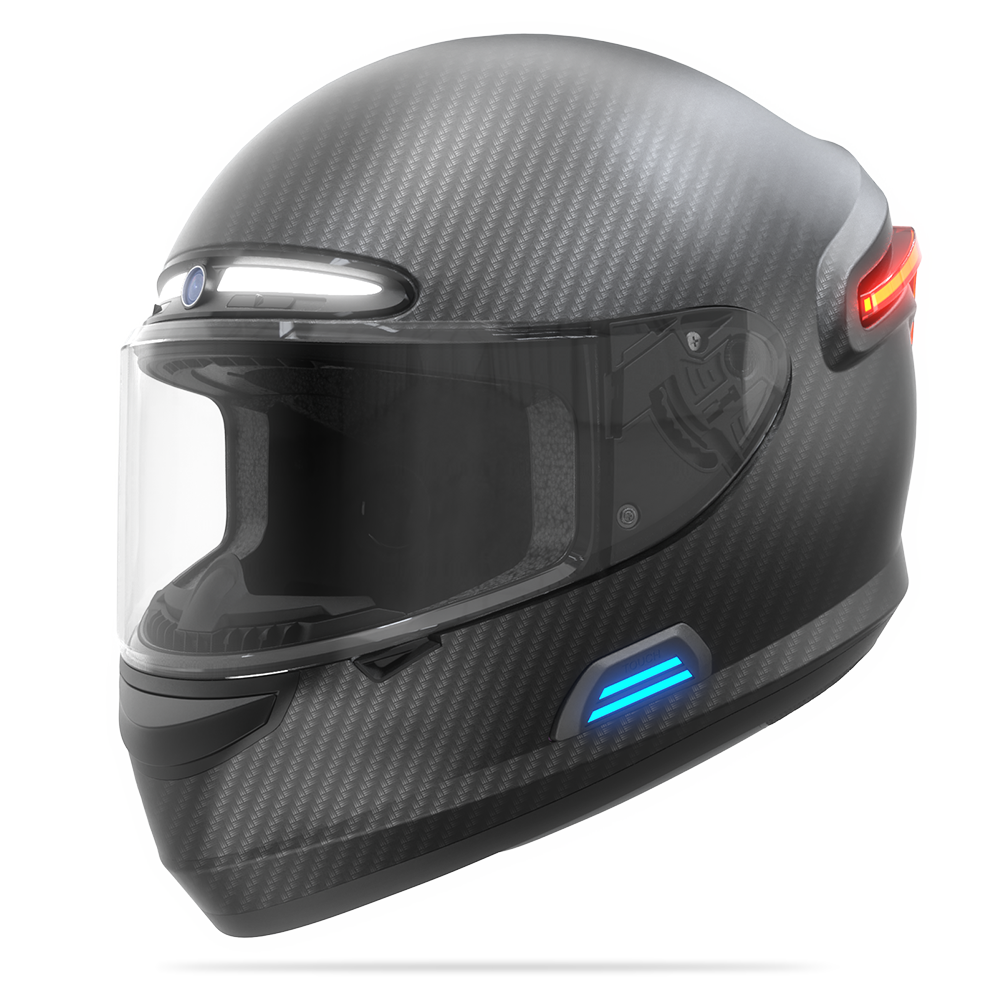
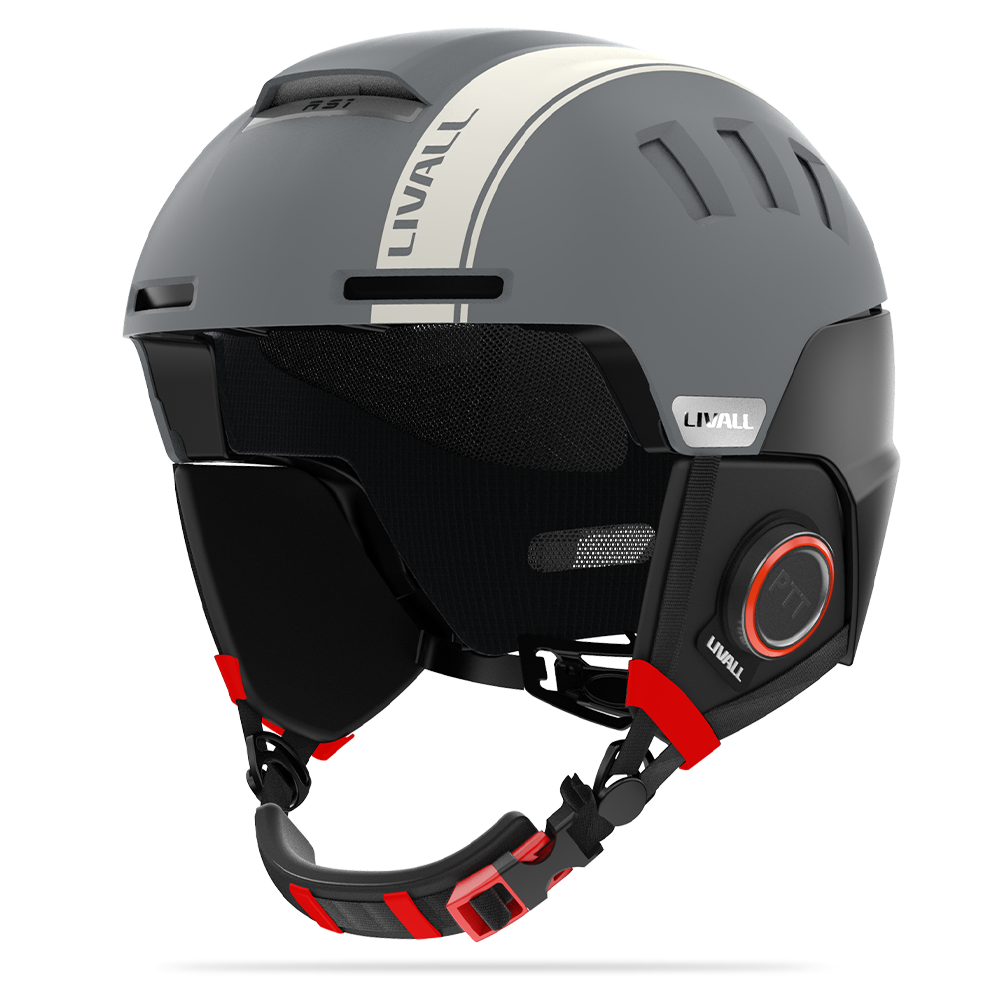


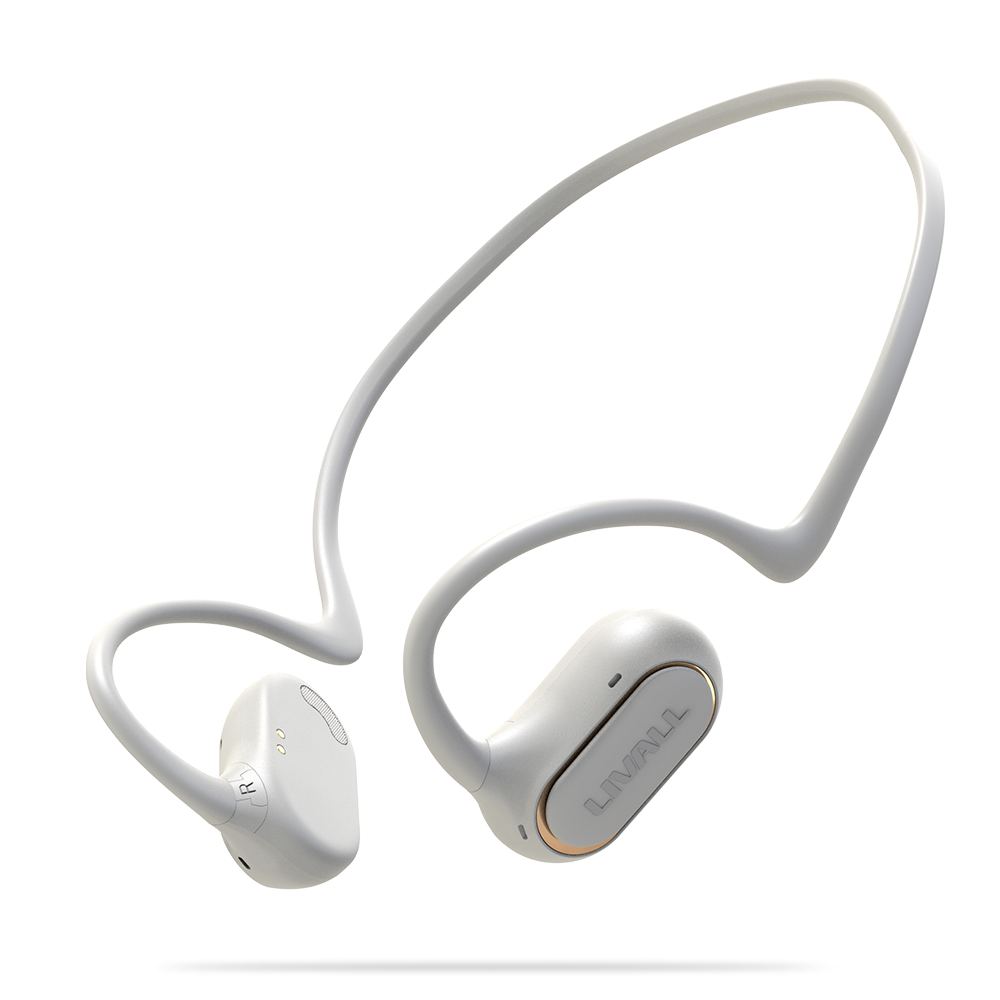

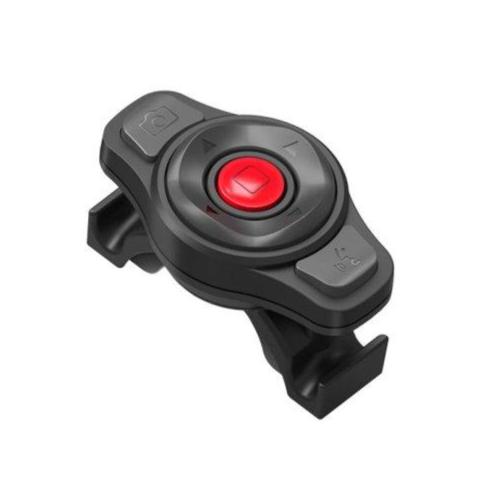
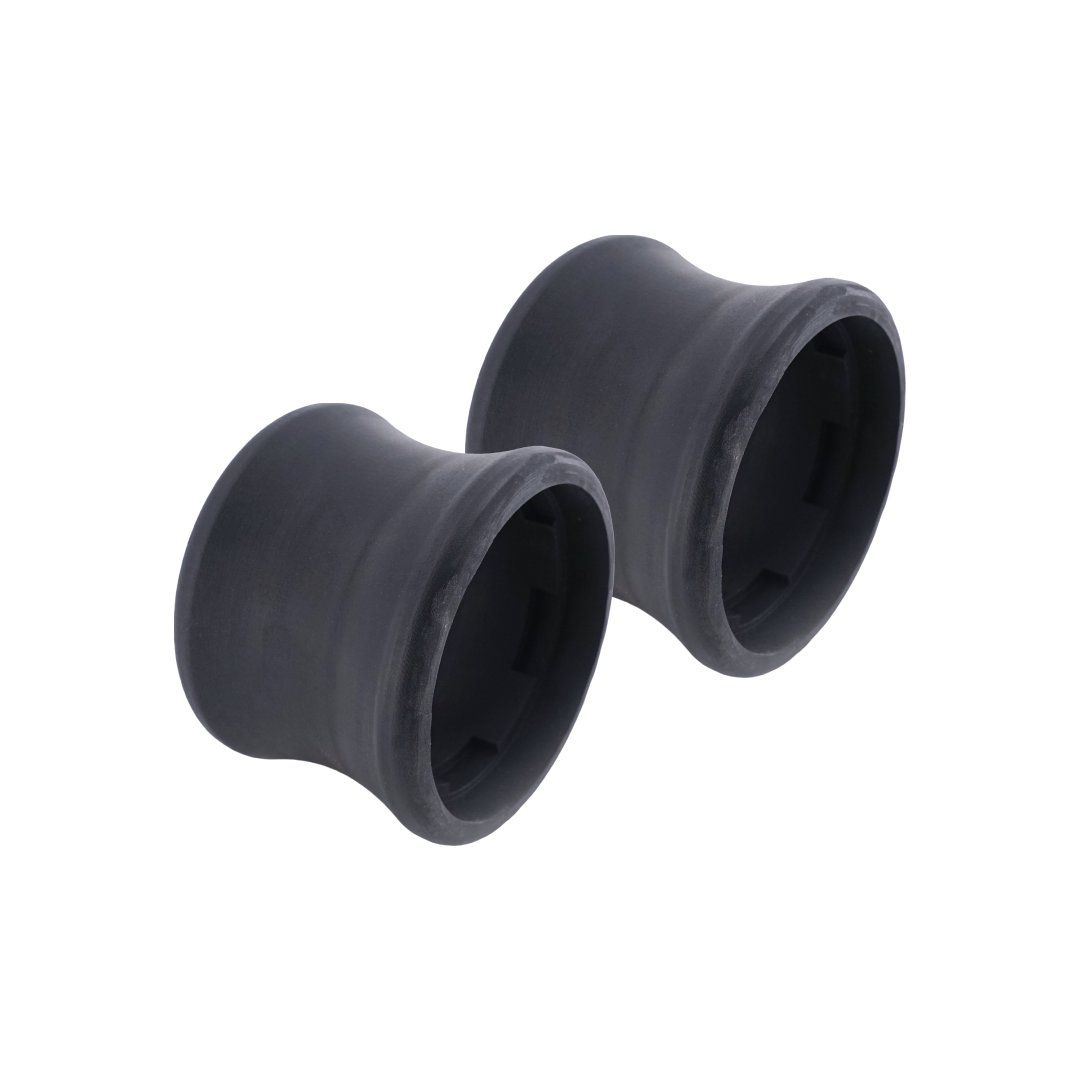

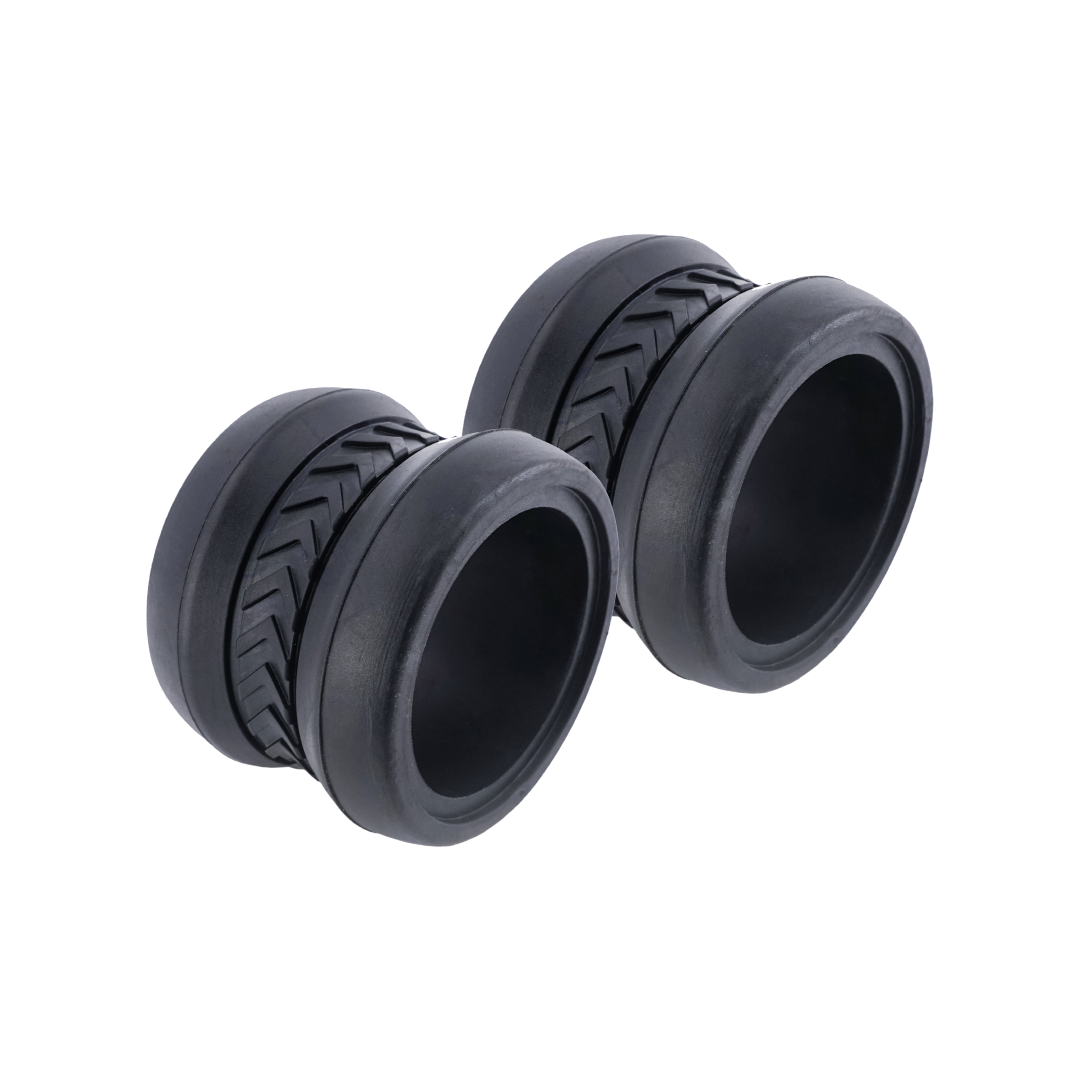
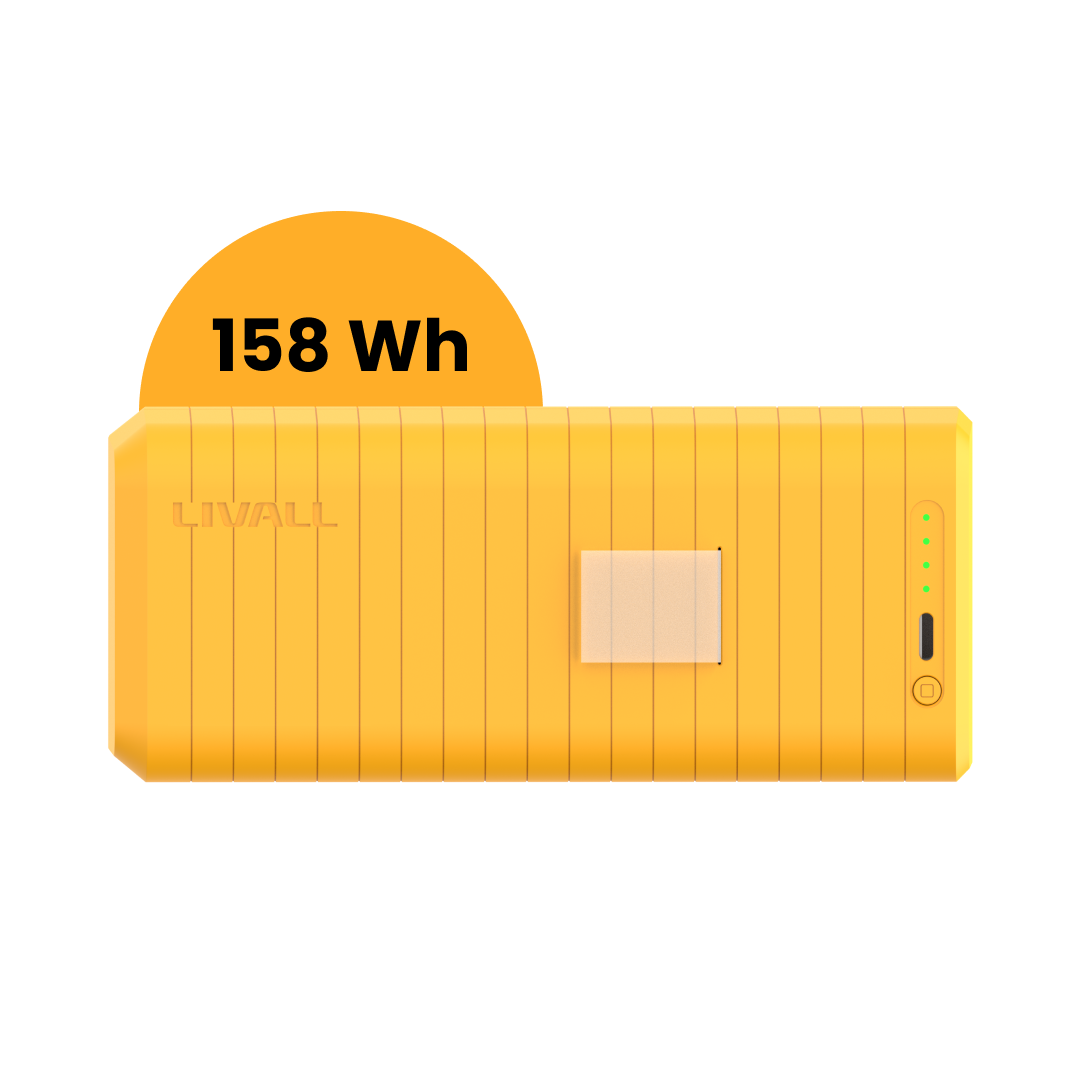

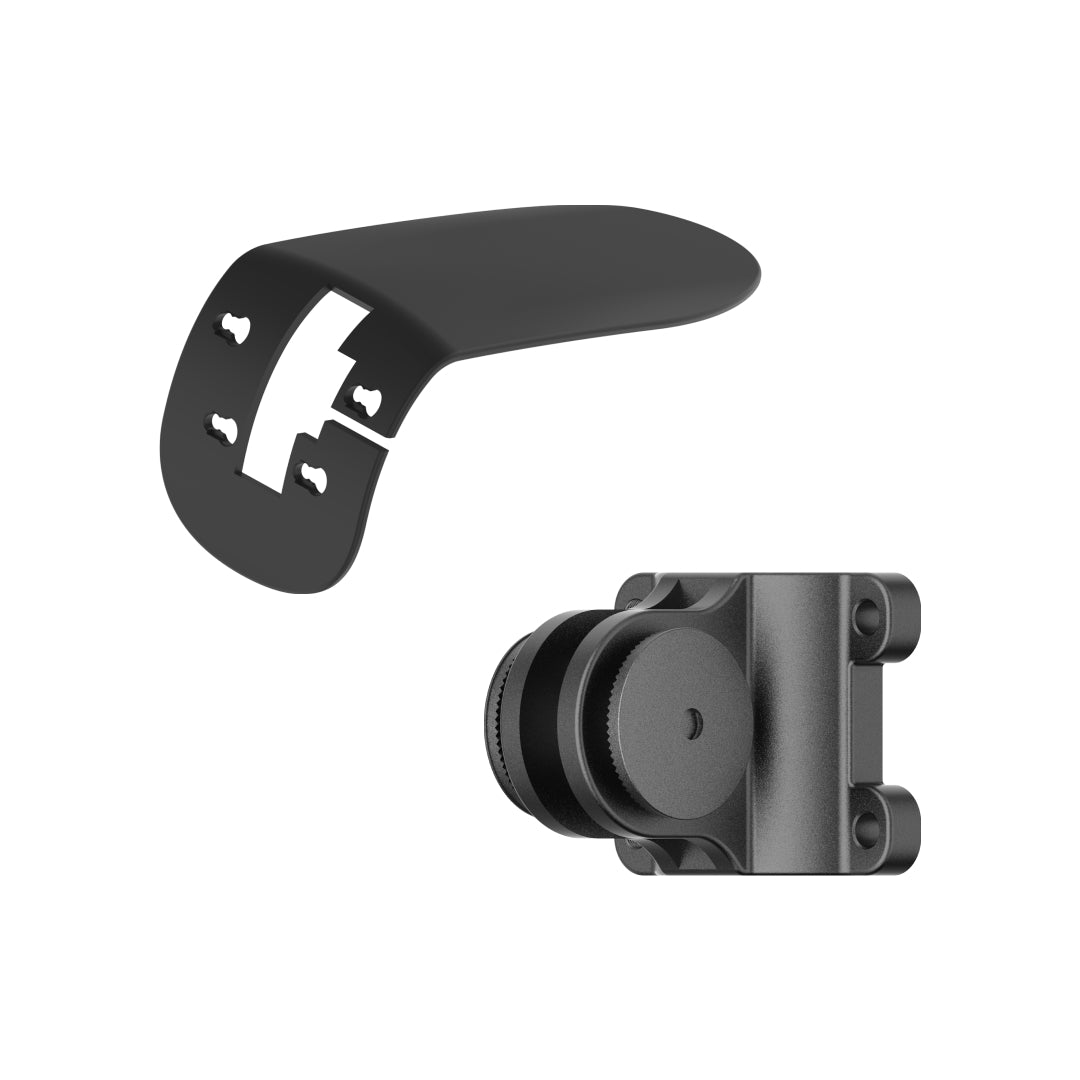
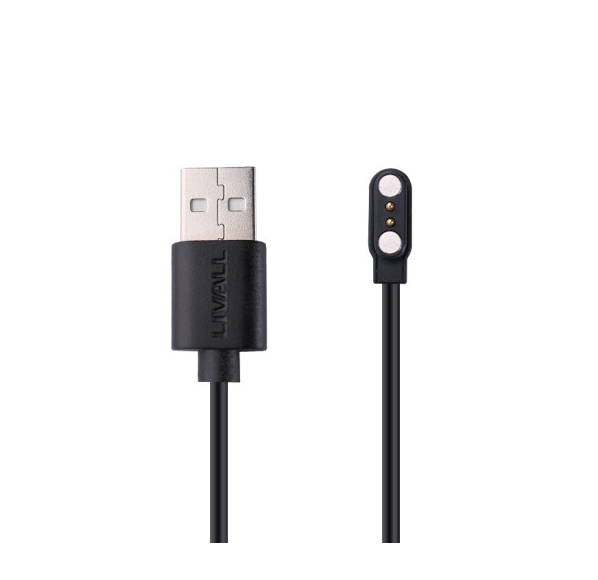
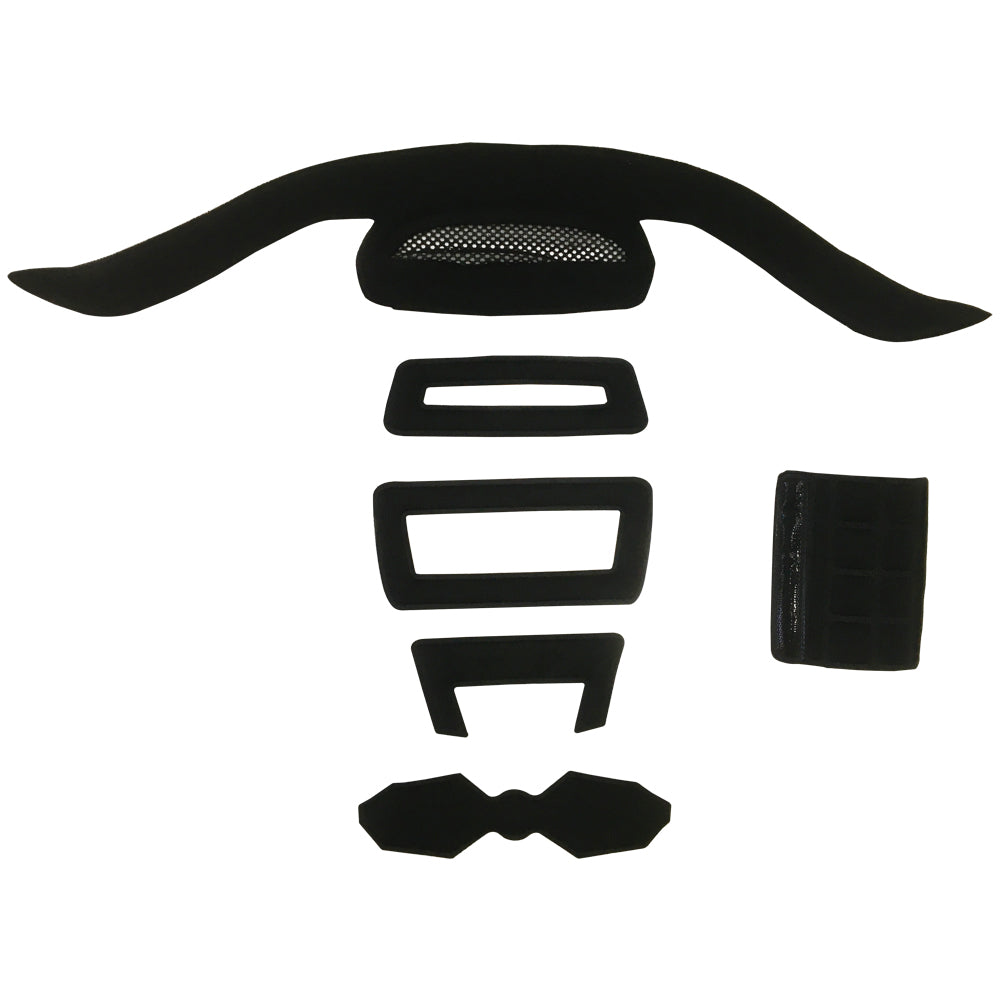
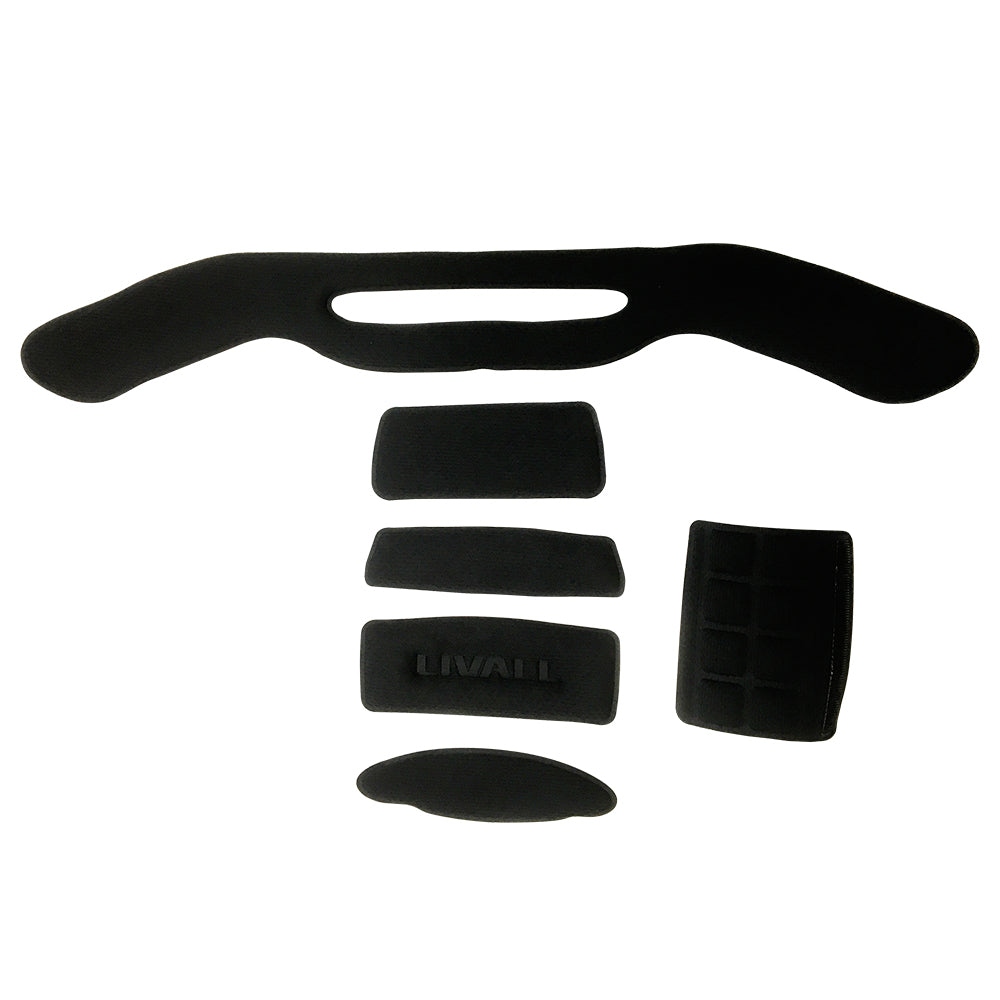
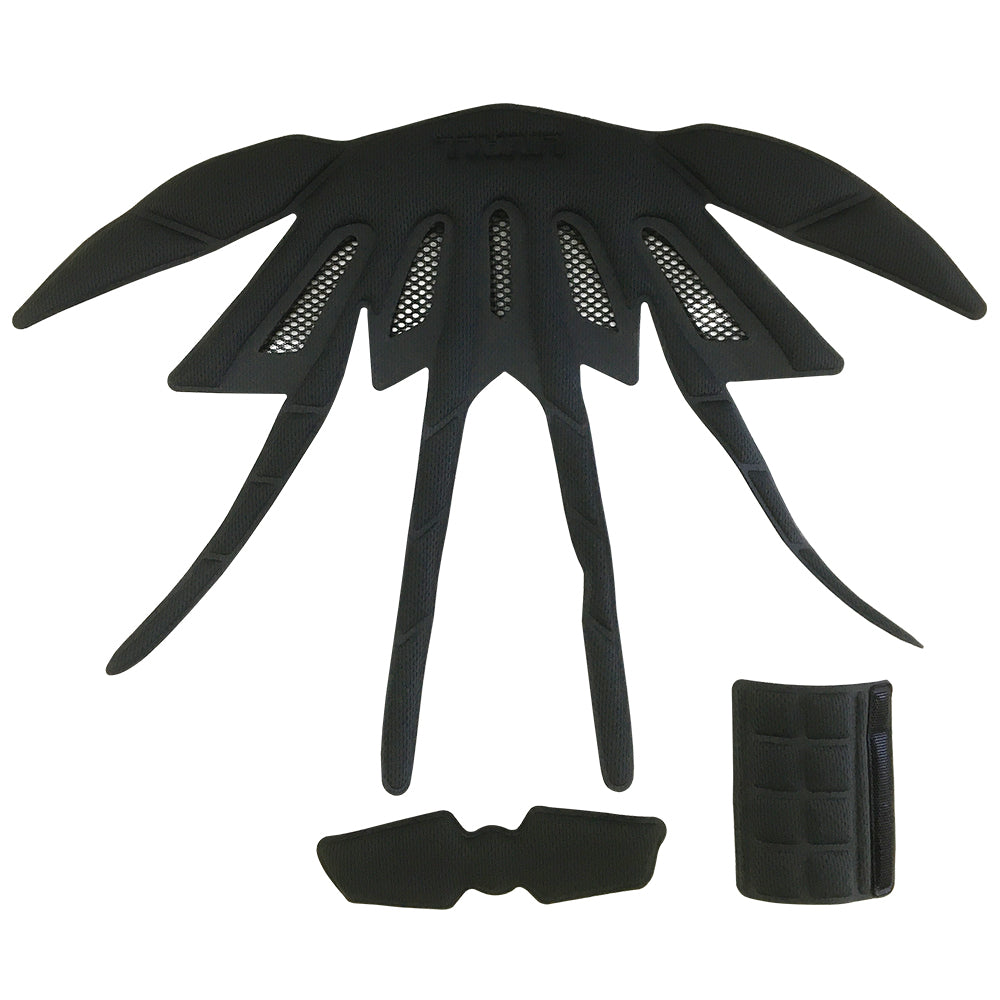
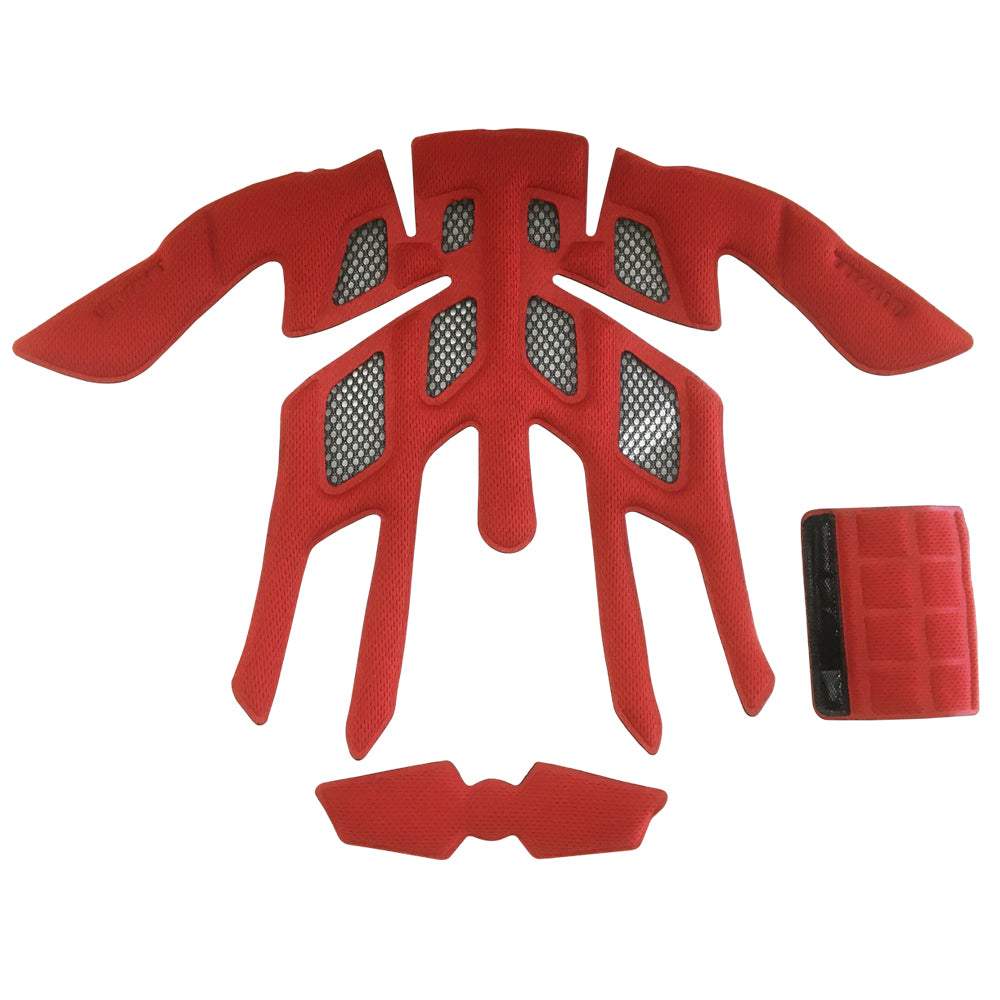
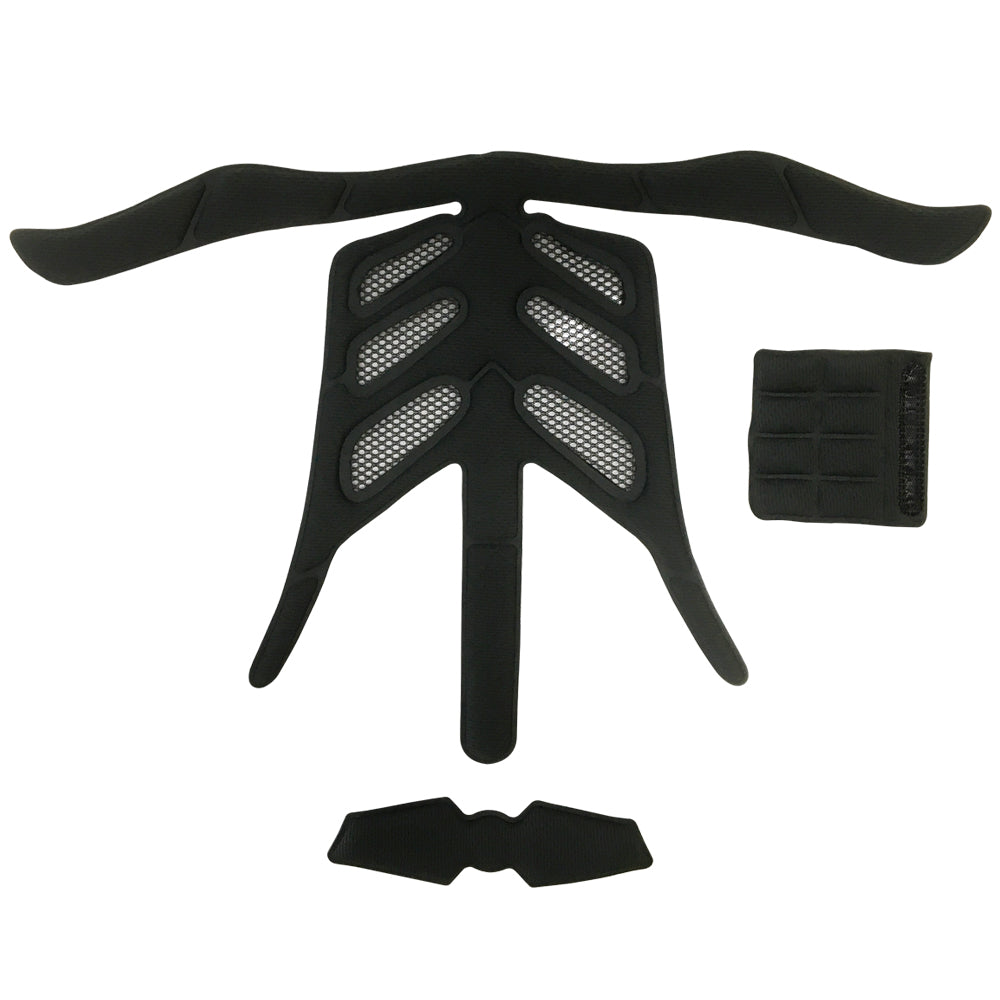

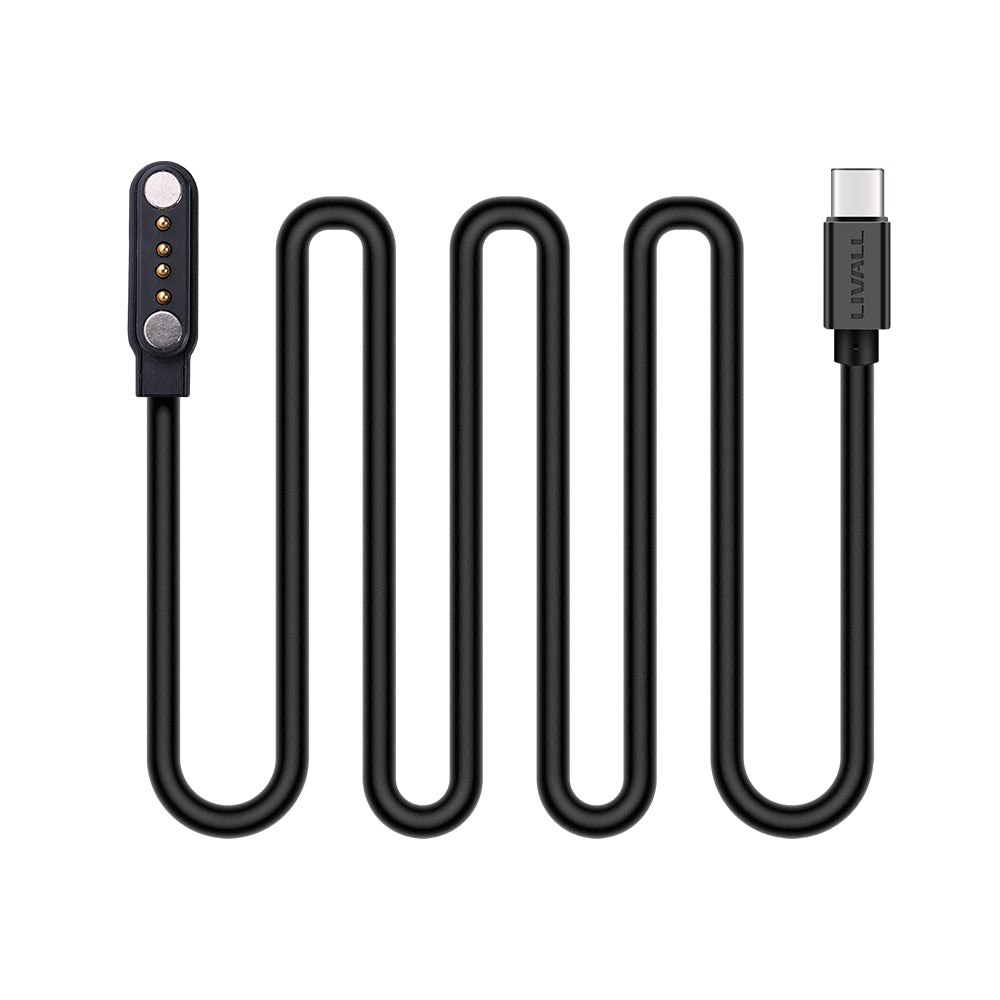



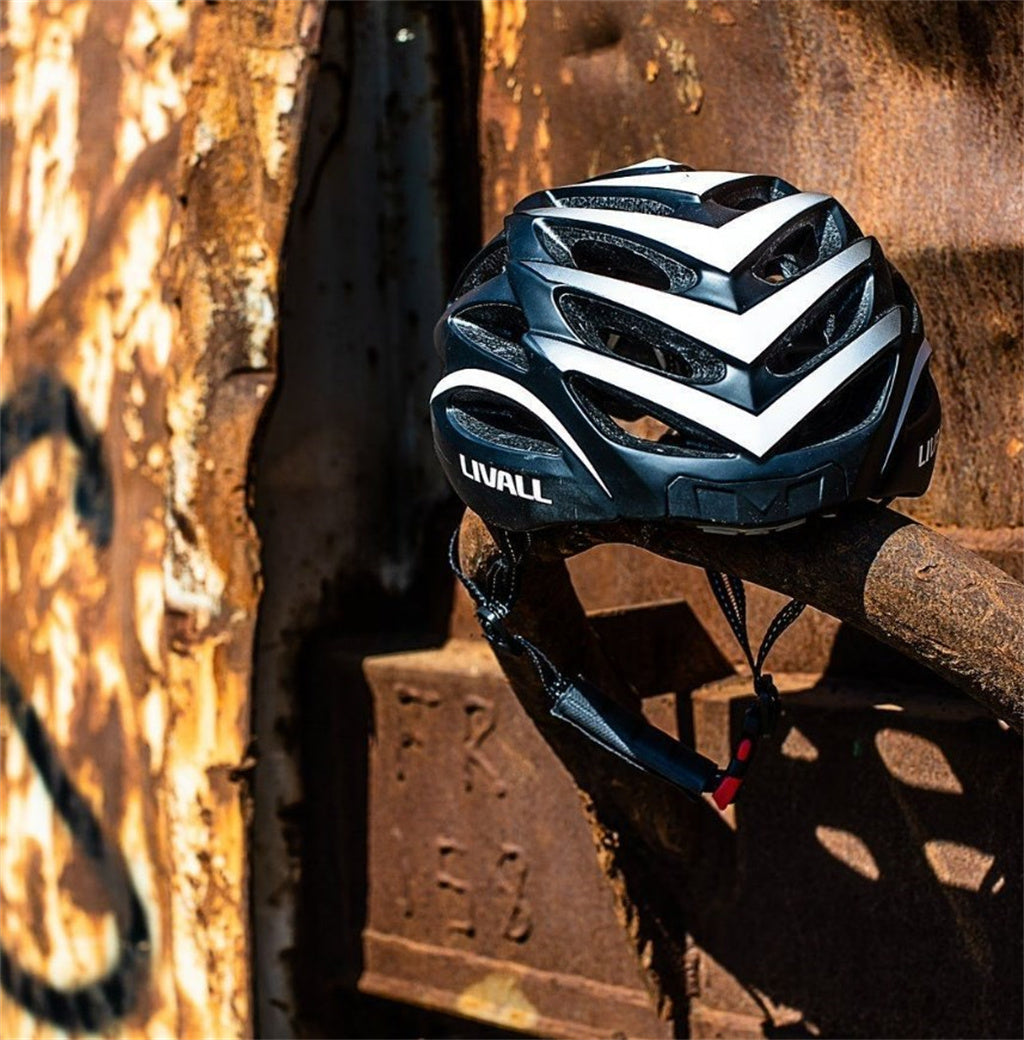




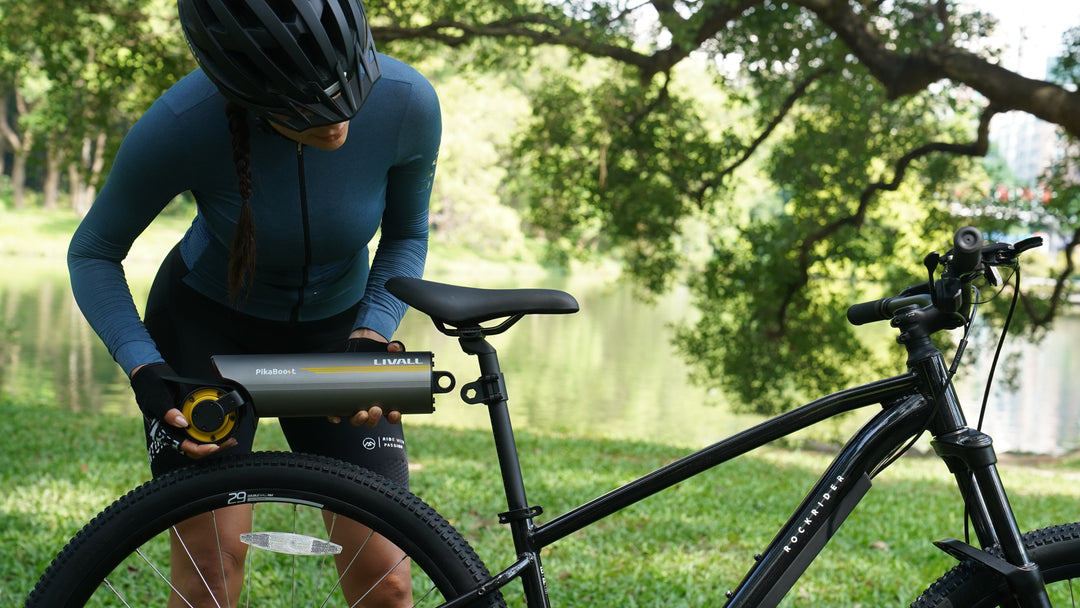



Leave a comment